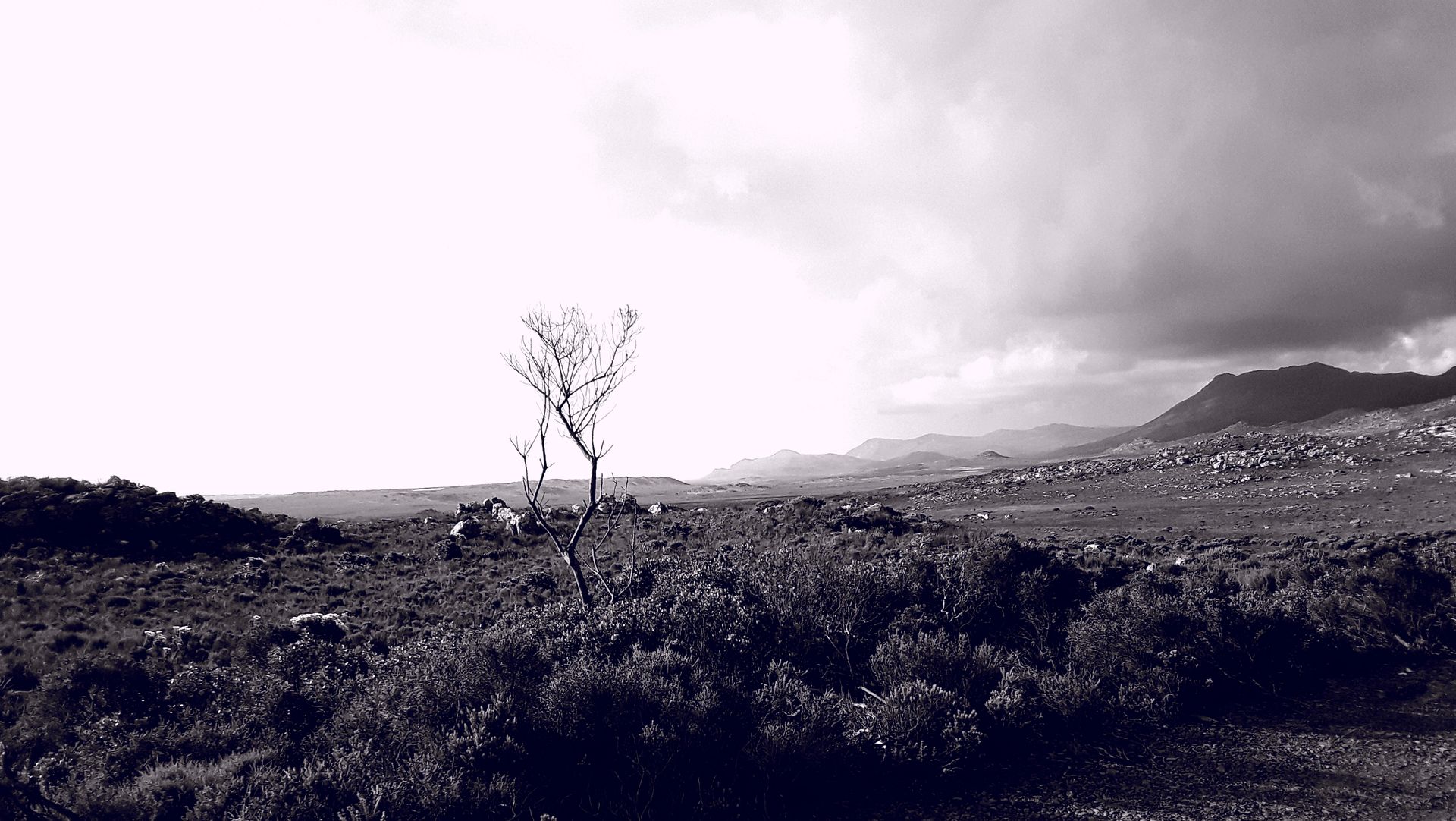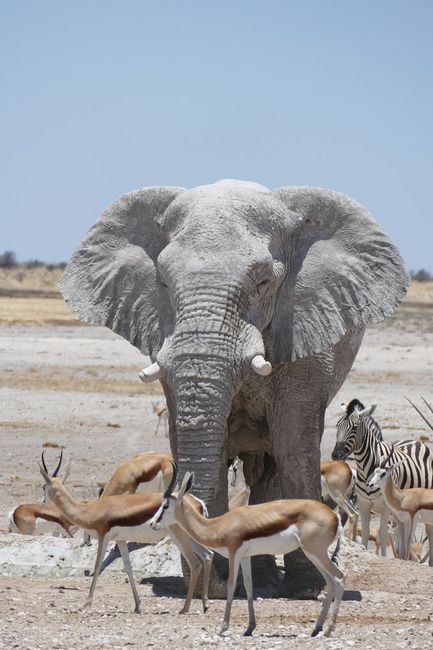
mit-dem-dubs-zu-neuen-ufern
vakantio.de/mit-dem-dubs-zu-neuen-ufern
Back on the road Part 4
Pubblicato: 07.10.2018
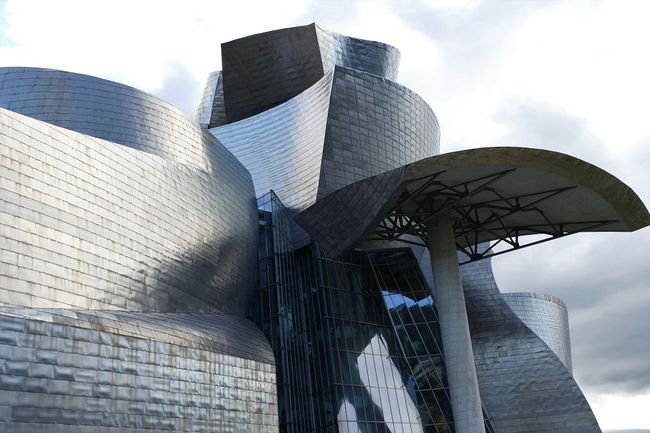
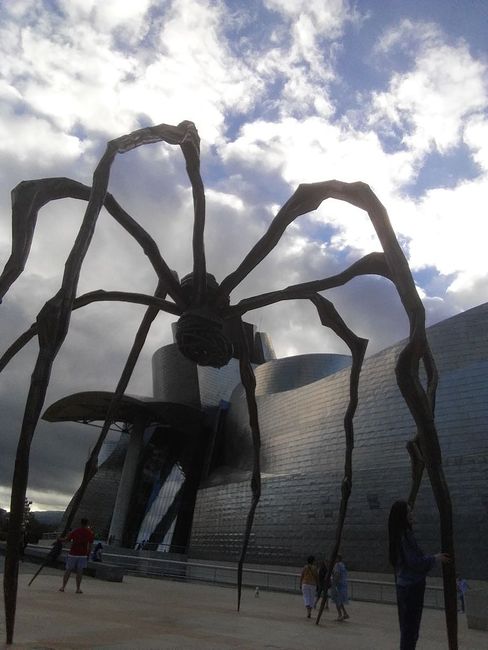
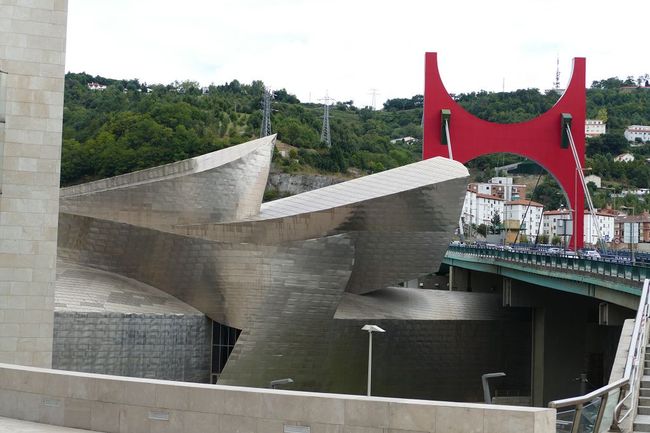
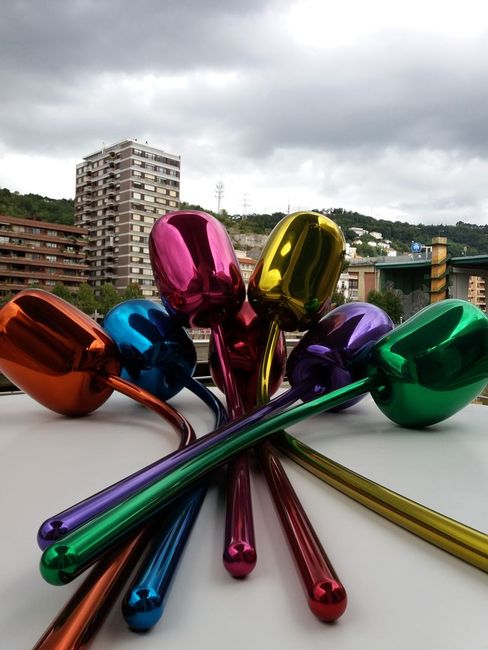
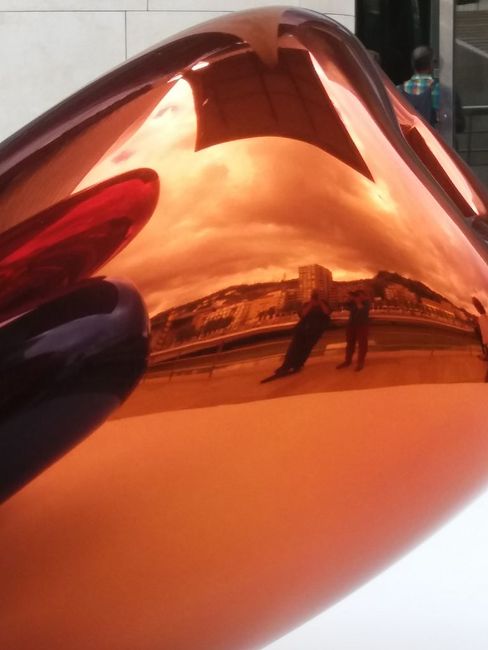
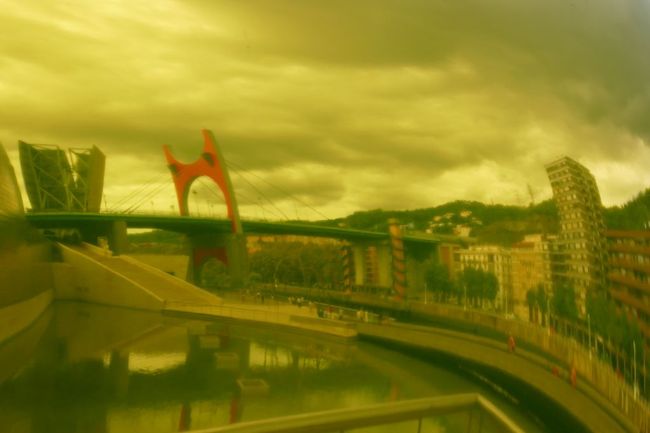
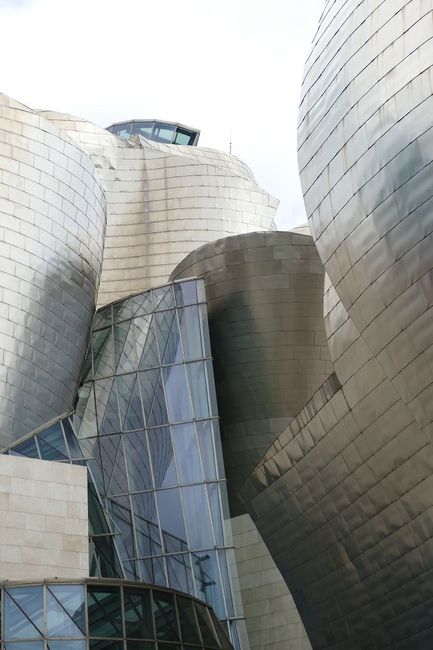
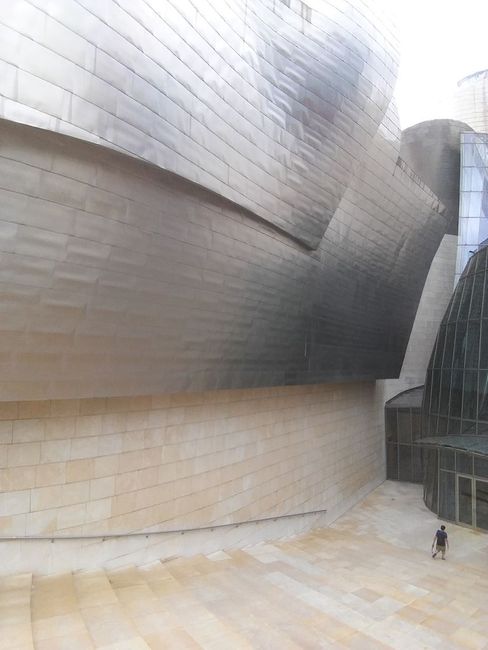
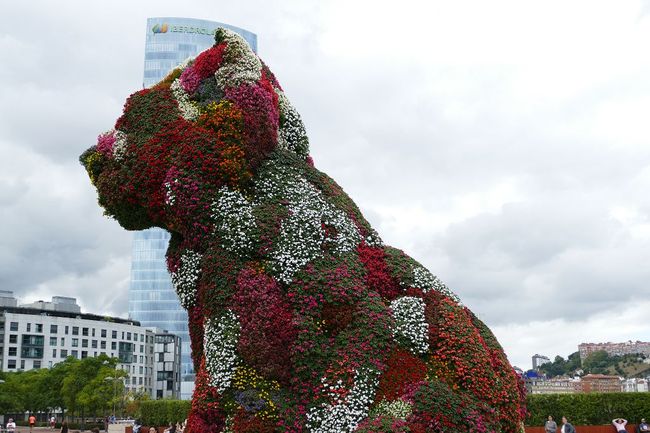
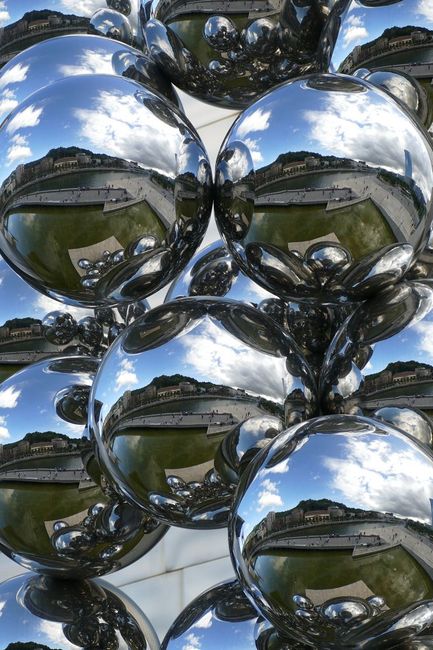
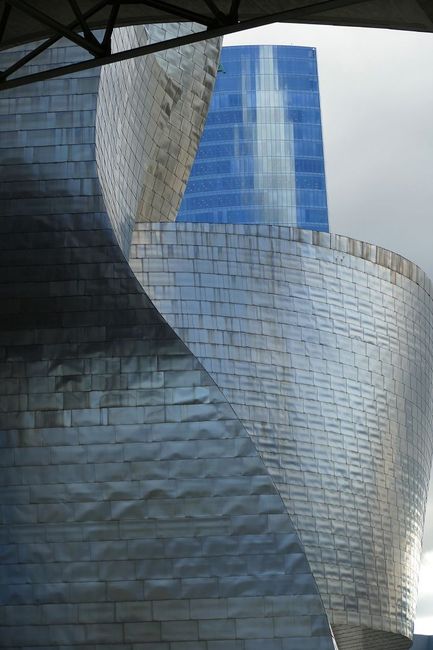
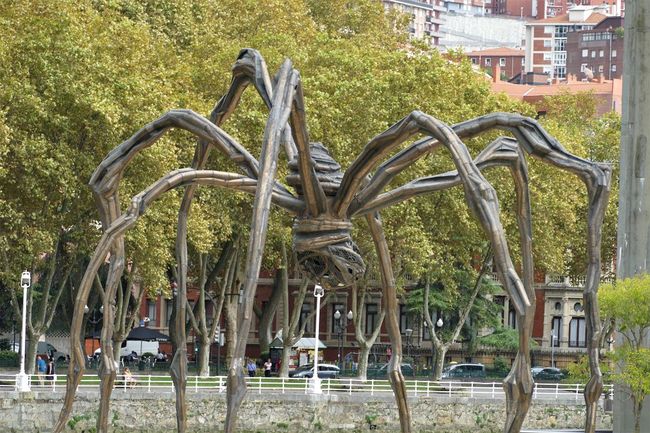
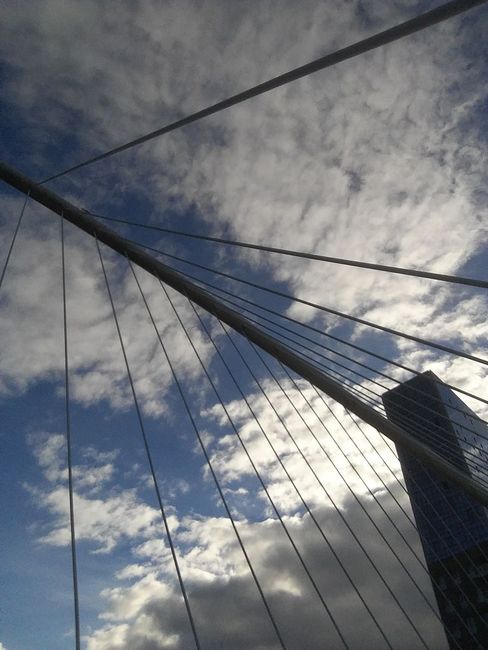
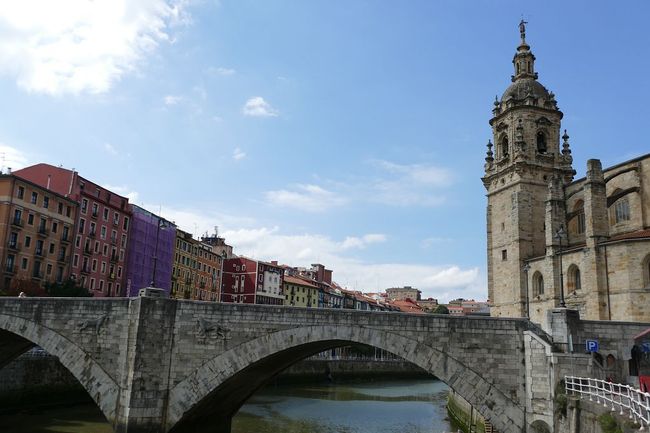
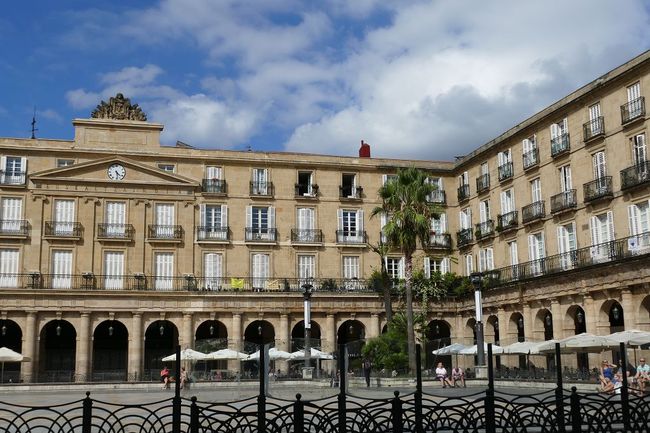
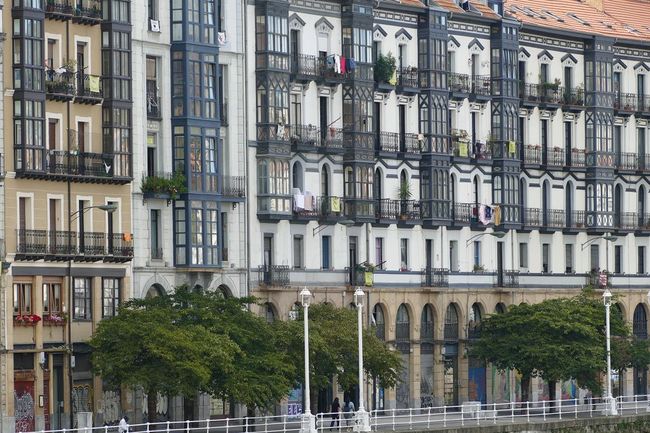
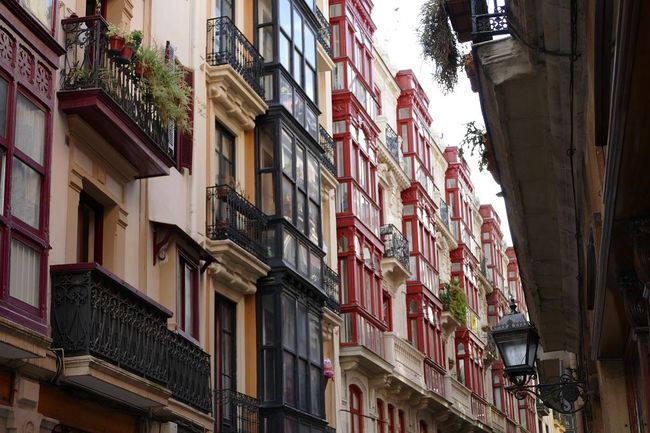
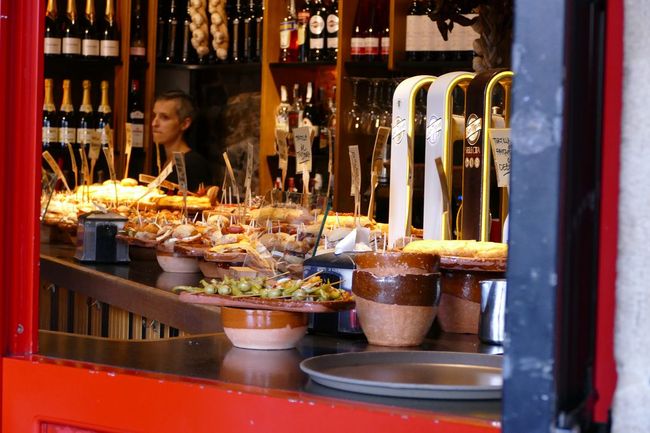
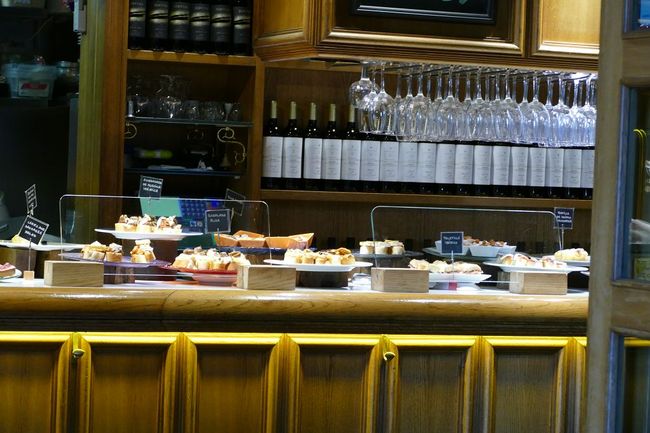
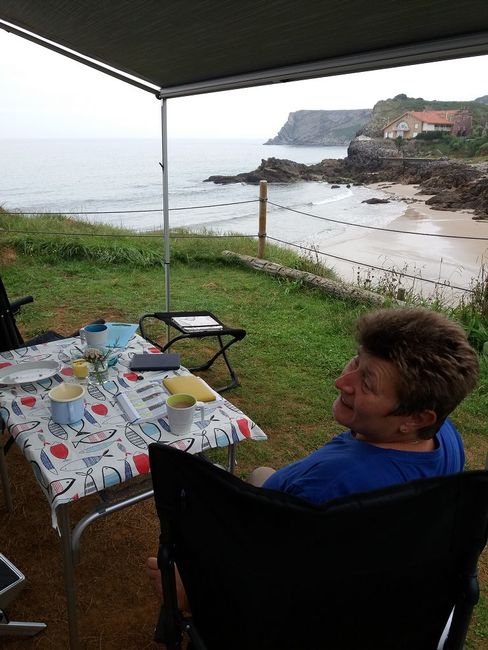
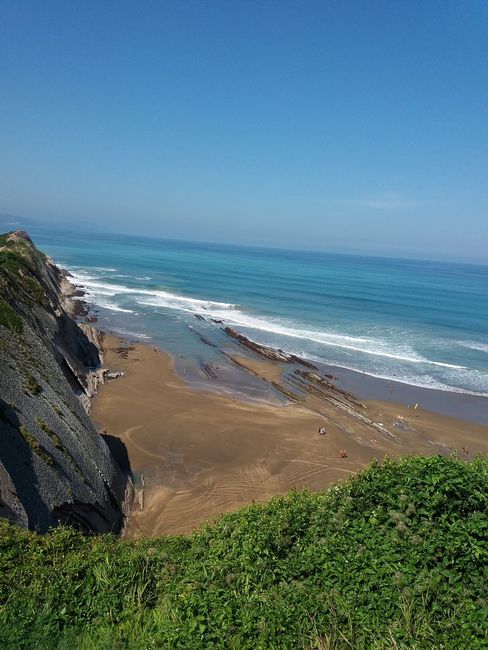
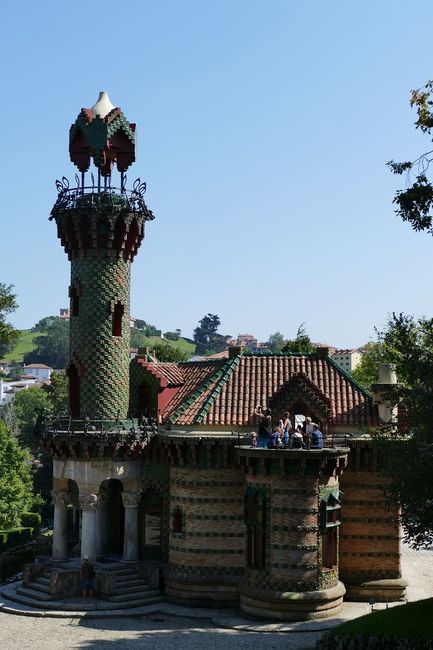
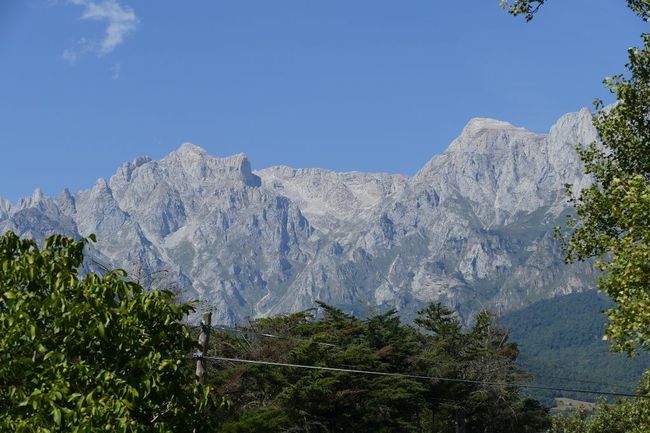
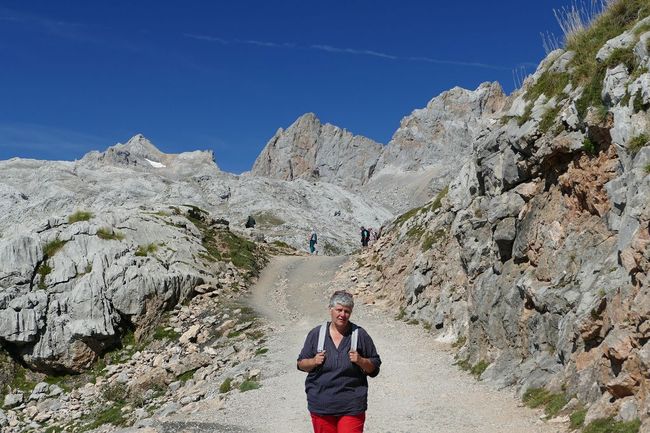
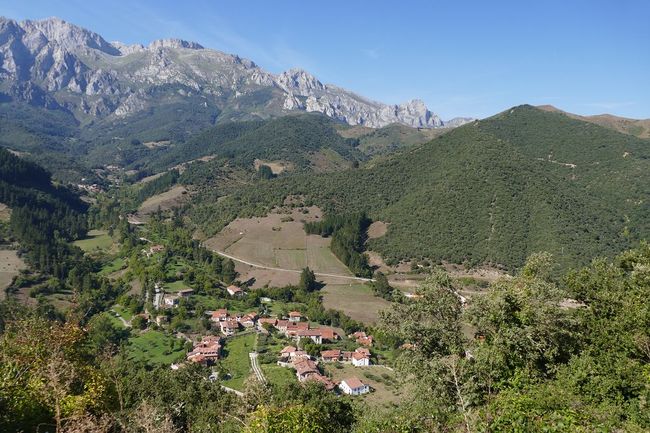
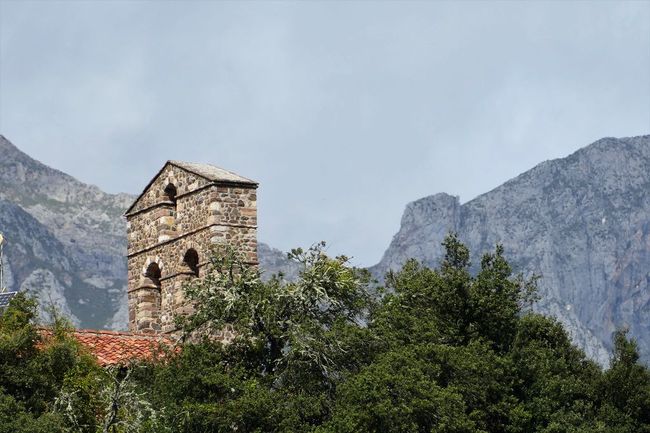
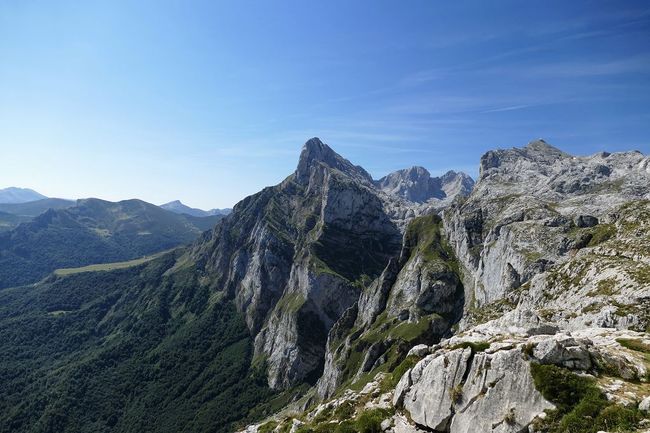
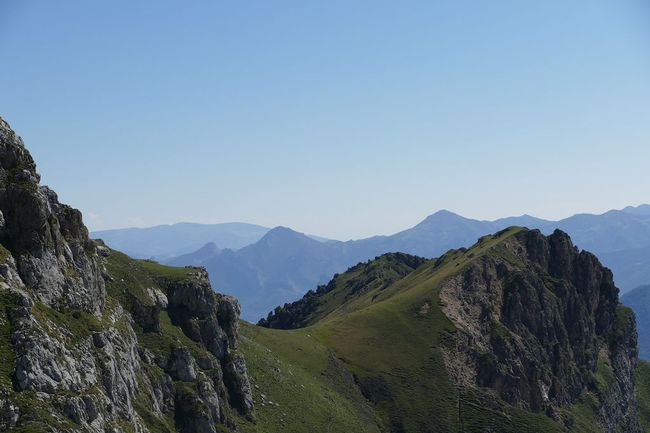
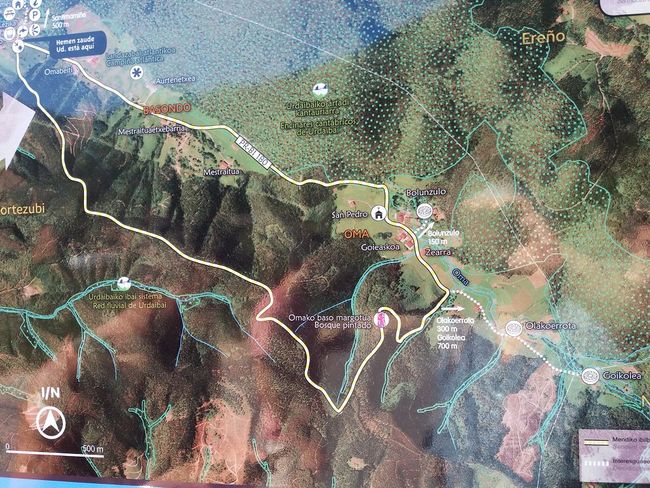
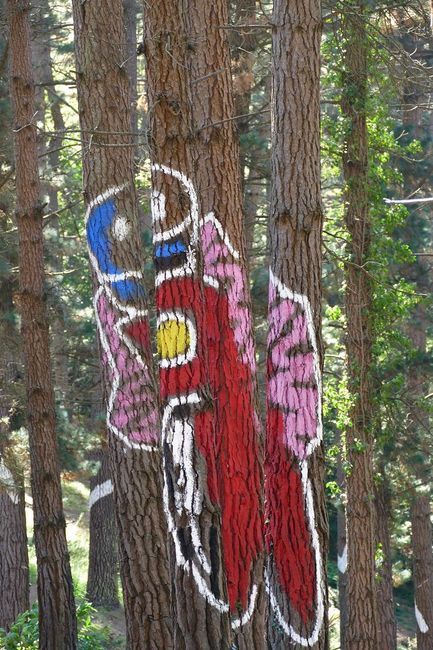
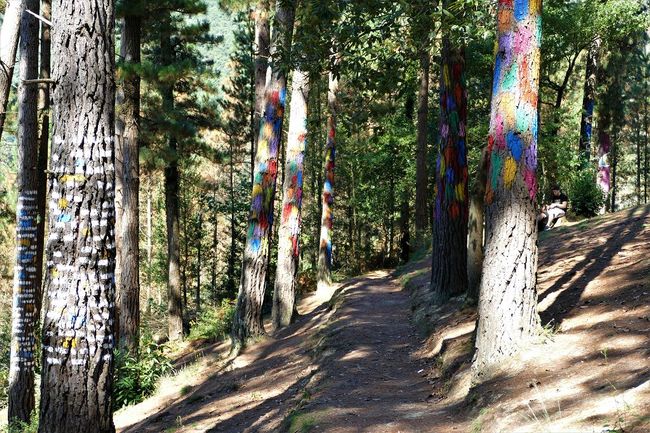
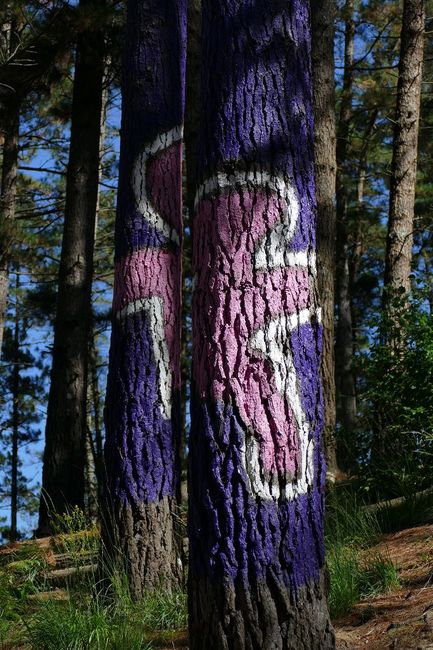
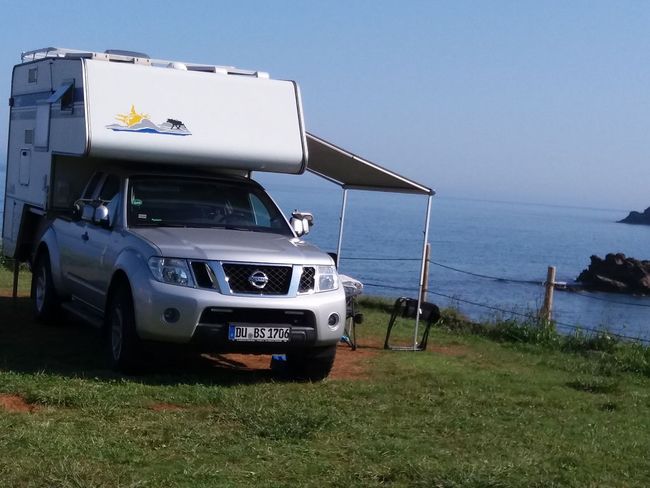
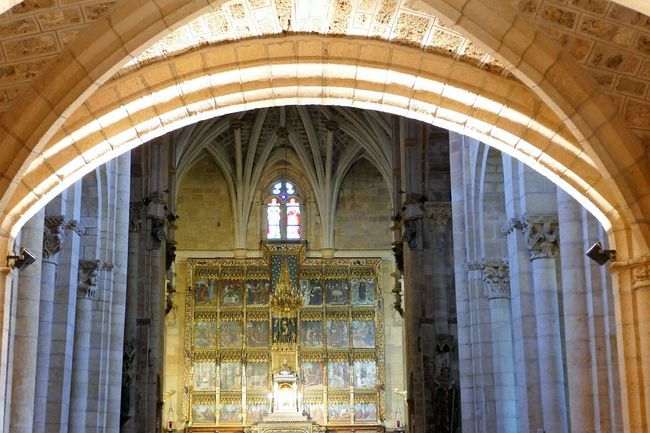
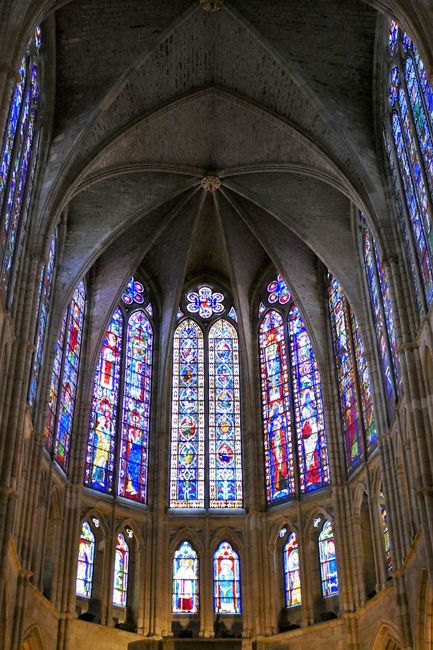
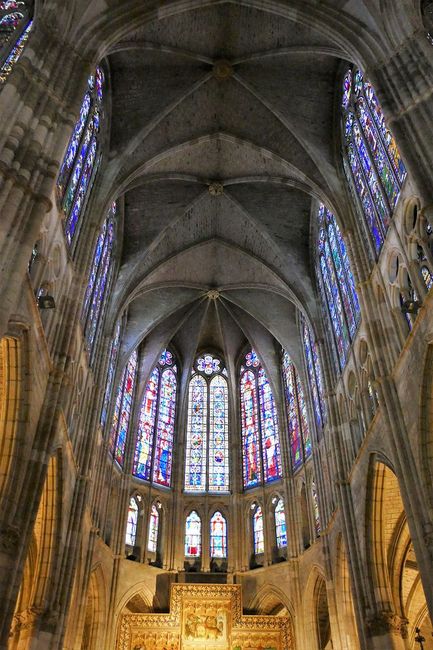
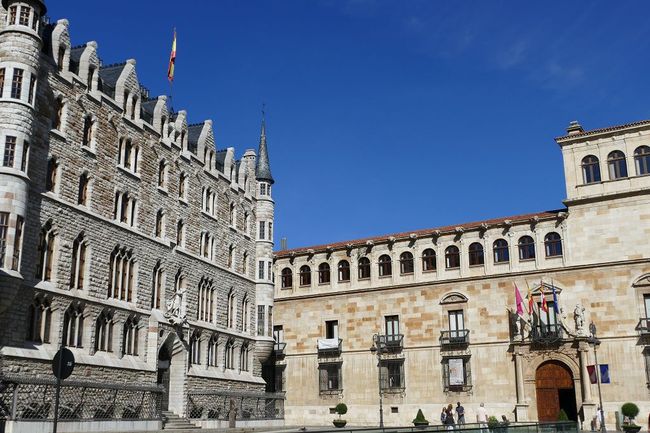
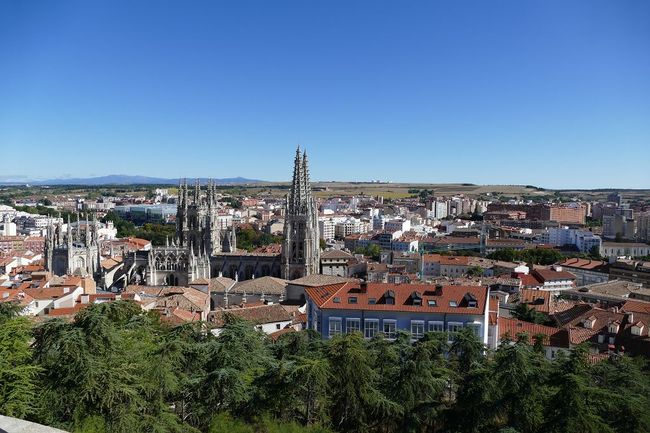
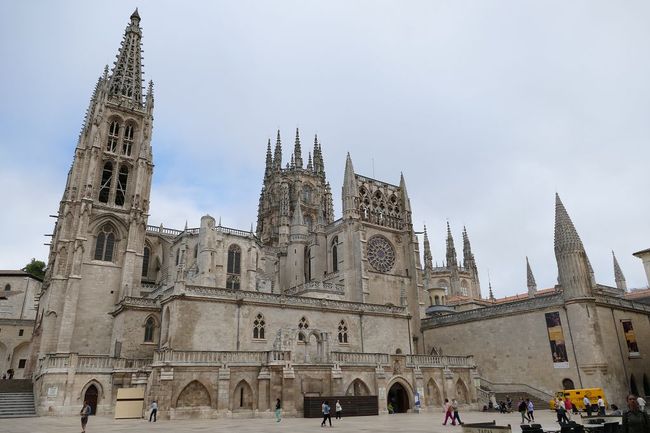
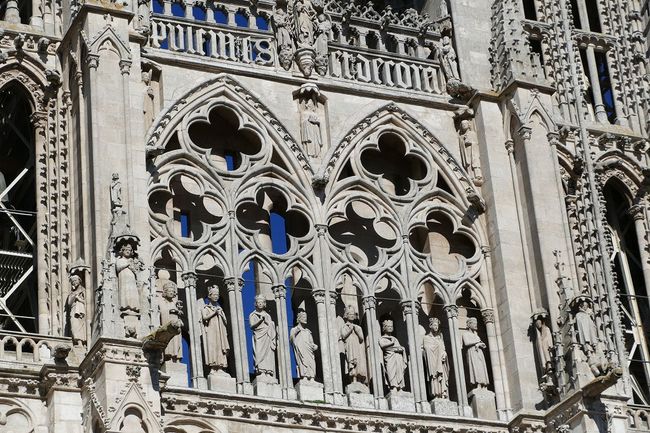
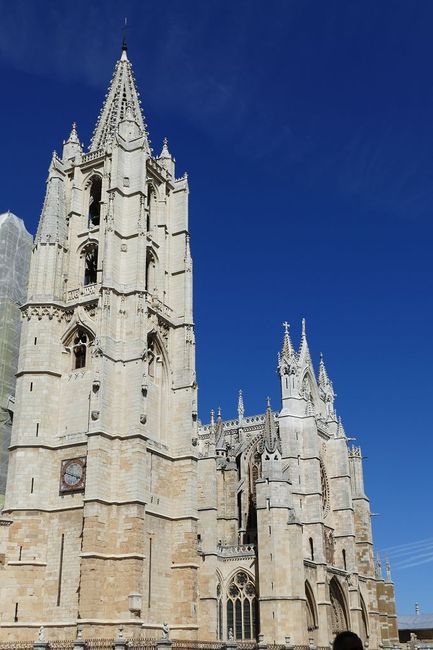
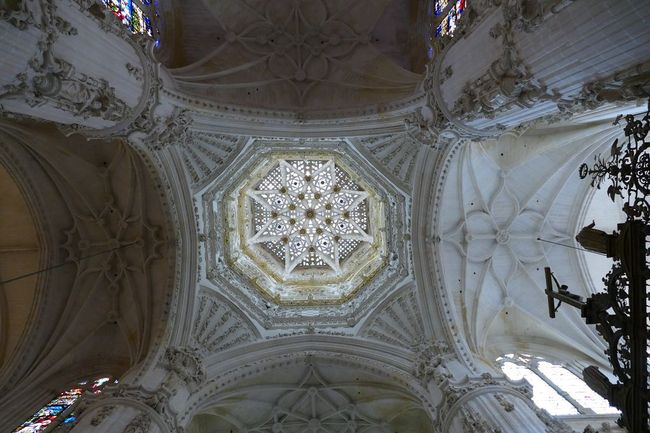
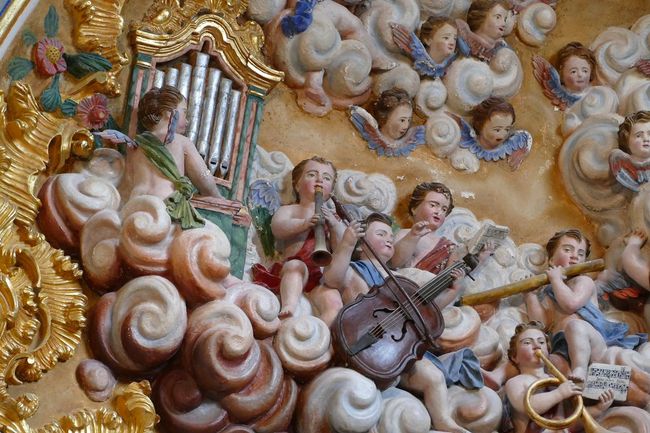
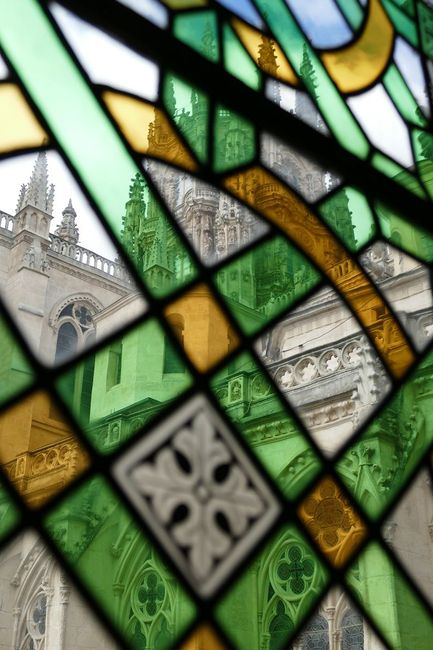
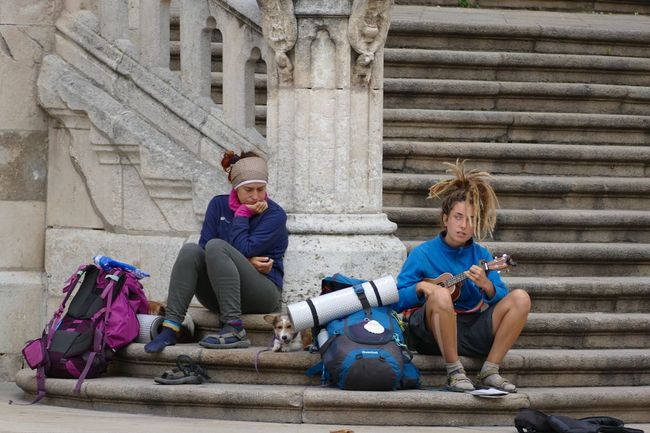
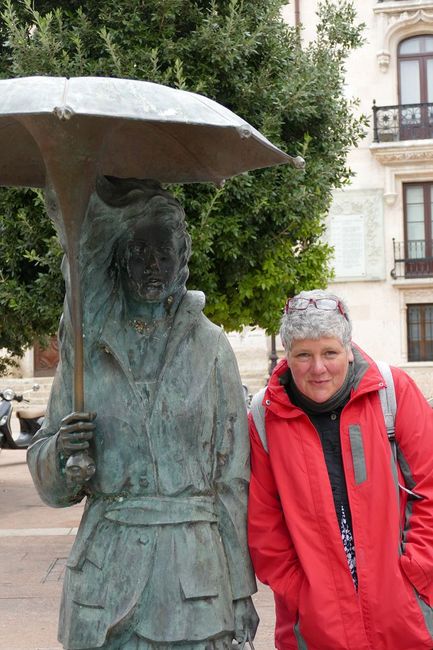
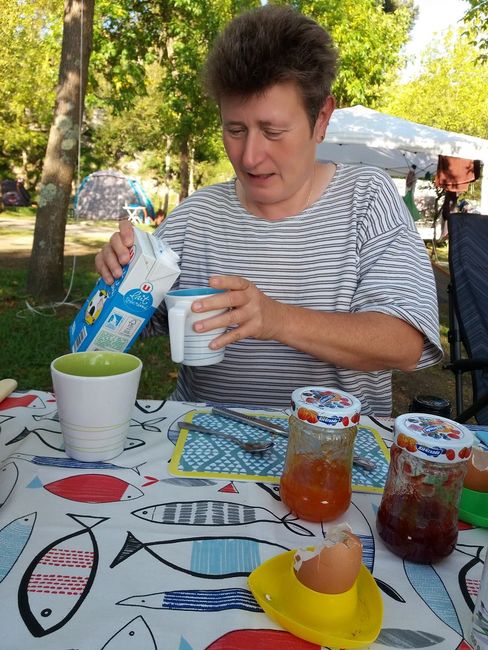
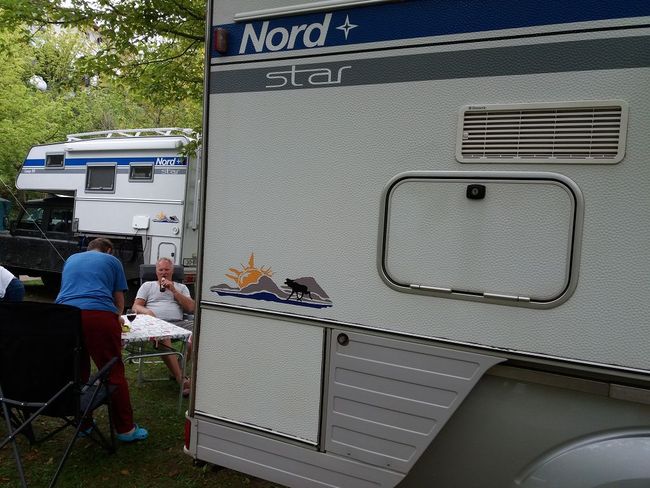
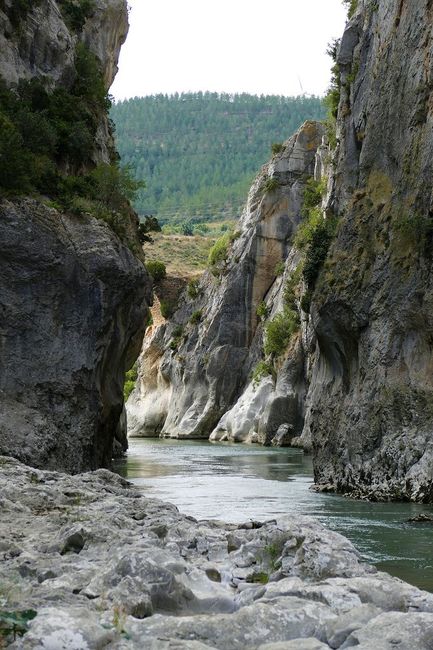
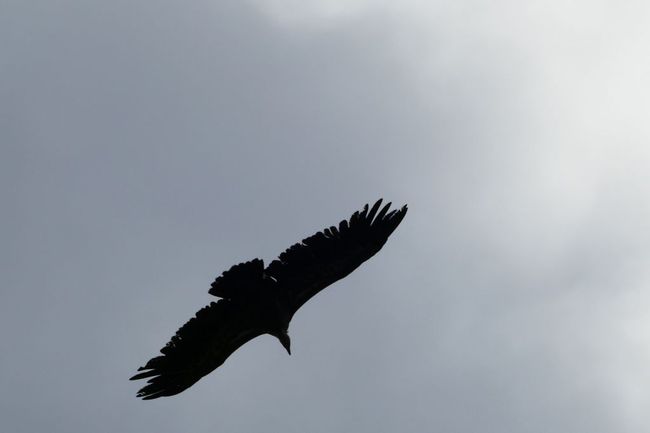
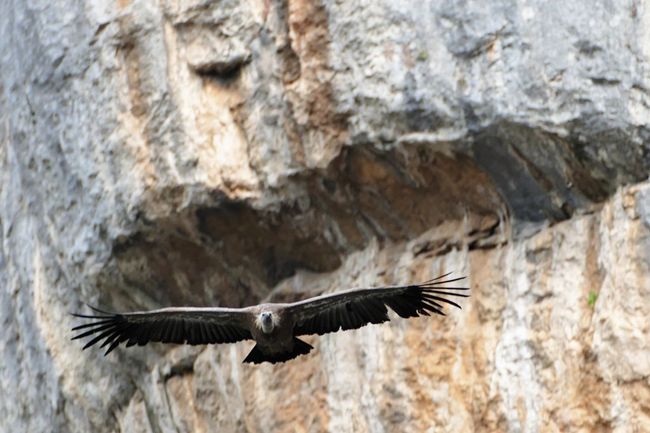
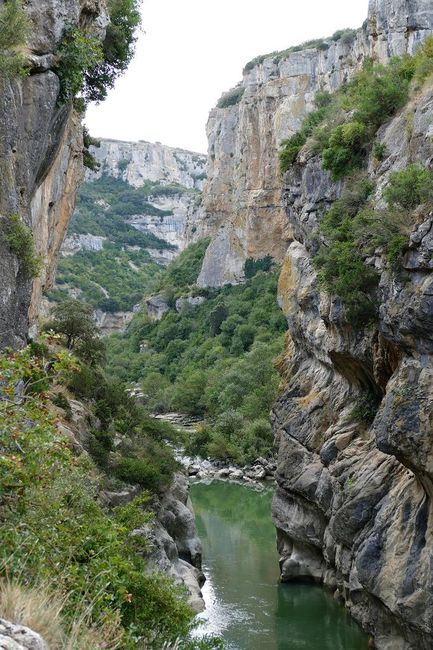
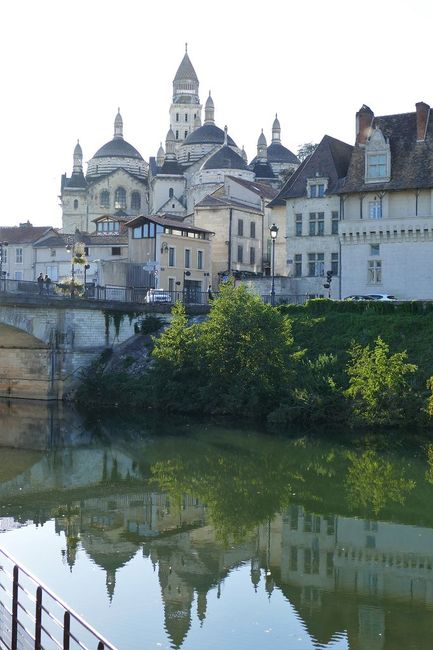
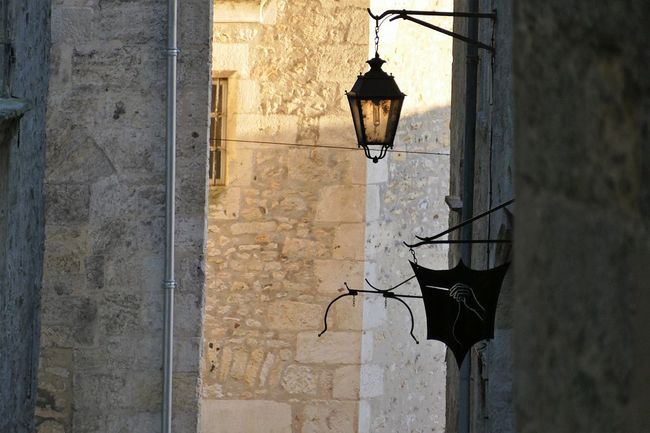
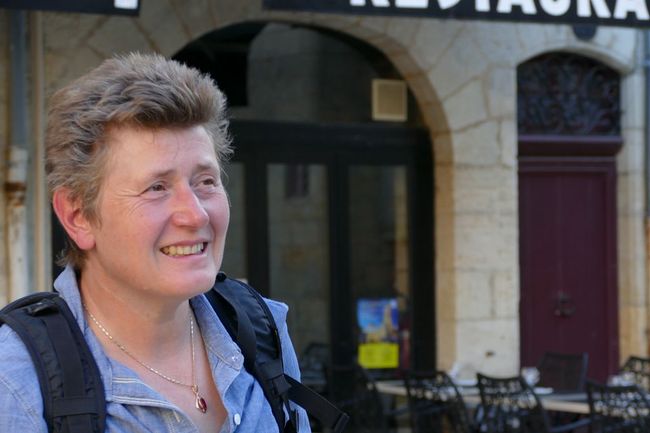
Iscriviti alla Newsletter
Before our South America trip, we were afraid that we would rarely have internet access, so it would be difficult to blog, a concern that turned out to be mostly unfounded. Quite different in Spain. The WLAN on campsites is usually so weak that we can hardly send a Whatsapp, it's rarely better in cafes, and sitting around for hours to upload pictures is not appreciated here either. So we quickly give up regular writing, especially since we are feeling a bit lazy right now.
Spain surprises us with an almost perfect infrastructure for motorhomes. There are free parking spaces with supply stations almost everywhere. Near tourist highlights or larger cities, they cost a few euros, still less than a few hours in a car park in Duisburg. But there are also so many parking spaces, because they are crowded. Late summer seems to be a popular season for motorhomes and quickly we get tired of the crowded parking spaces where the white giant camper vans stand side by side, and prefer to spend a bit more money to stay at nice campsites. We roll out our awning, buy a tablecloth for our folding table and a lantern for the romantic evening, convert an empty jam jar into a flower vase, and enjoy the camping idyll including a daily dip in the pool.
In the Basque Country, Bilbao is of course our destination. The industrial and port city, like many others, has suffered from high unemployment and a bad image since the 1980s (somehow familiar to those from Duisburg). At the beginning of the 1990s, the city fathers and mothers decided on a far-reaching redesign of the city center. And since 1997, the second European Guggenheim Museum has been opened in the spectacular museum building designed by Frank O. Gehry, the world has been talking about the Guggenheim or Bilbao effect, meaning the targeted upgrading of places through spectacular buildings.
In the middle of the city center, the impressive oval building rises on the banks of the Nevión and houses mainly modern art of the last 40 years, adorned with well-known names such as Robert Rauschenberg, Jeff Lions, or Andy Warhol. Of course, we visited the exhibitions, but we were more impressed by the building itself, both from the inside and especially from the outside. In addition to the museum, Bilbao also has a nice little old town and is famous for its tapas, which are called Pintxos here in the Basque Country. The bars in the old town outdo each other in the number and originality of these small appetizers, which you eat with your wine or beer during an evening stroll through the various bars. Of course, we want to try that too, so we set off in the evening for a tour of the bars in the old town, have a glass of wine and a Pintxos in each bar, and soon we are hopelessly drunk before we are even remotely full. Maybe we misunderstood something, maybe we lack practice? In any case, this diet is not good for our liver in the long run.
We spend the next few weeks in northern Spain in small and large cities, we visit the cathedrals in Leon and Burgos, see many pilgrims who are completing the Camino de Santiago, take smaller walks ourselves, sometimes in an enchanted forest, sometimes in the Picos de Europa, sometimes among vultures in the Foz de Lumbier. We meet many nice fellow travelers and have a very pleasant encounter when an identical North Star cabin parks next to us on the campsite one afternoon. With Willem and Jacqueline from Rotterdam, we of course exchange cabin experiences and spend a nice evening together.
We end our tour in Mengen near Freiburg, at Sibylle's mother's house. Here we can clean the Dubs, do the laundry, and relax a bit before we finally go home.
All in all, this trip was a nice and calm vacation, just right for gathering strength for our last adventure in this sabbatical year.
On October 15th, we will be off to distant South Africa and Namibia again, and we are already looking forward to telling you about our experiences and sharing our pictures with you in the blog.
See you in mid-October 👐
Iscriviti alla Newsletter
Risposta (1)
Kerstin
Hab euch schon vermisst, aber da seid ihr nochmal ☺. Die Bilder sind wieder toll, schöne Landschaften . Ich freu mich schon auf die nächste Reise und die fantastischen Berichte. Wir wünschen euch eine gute Reise, grüßt Namibia von uns! Lg Günter und Kerstin 